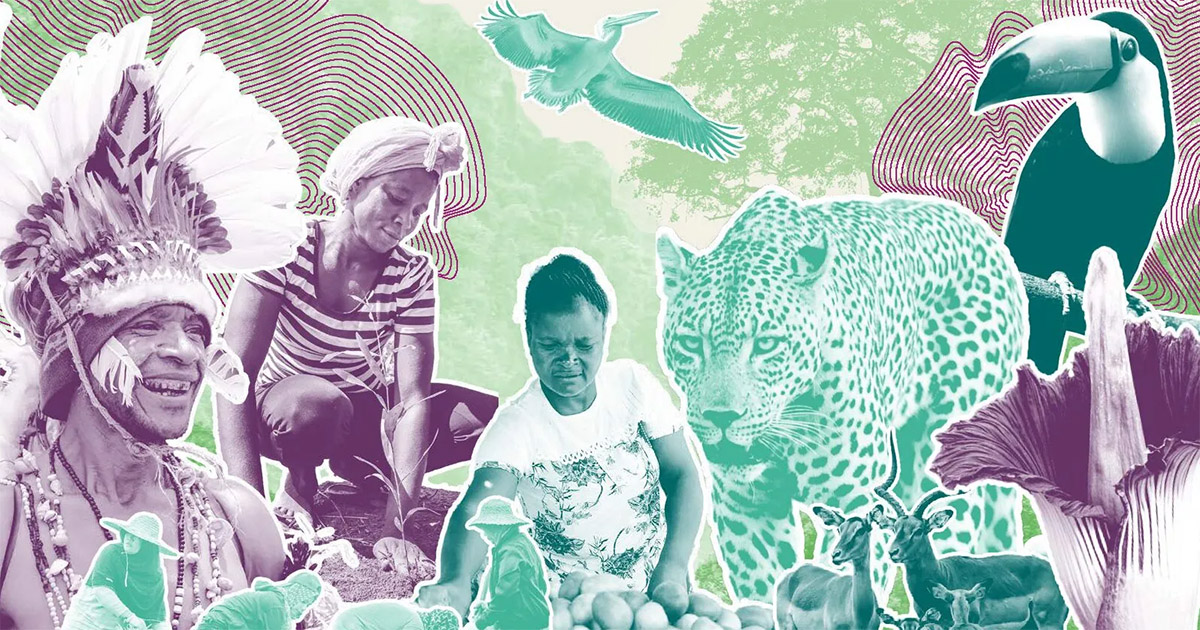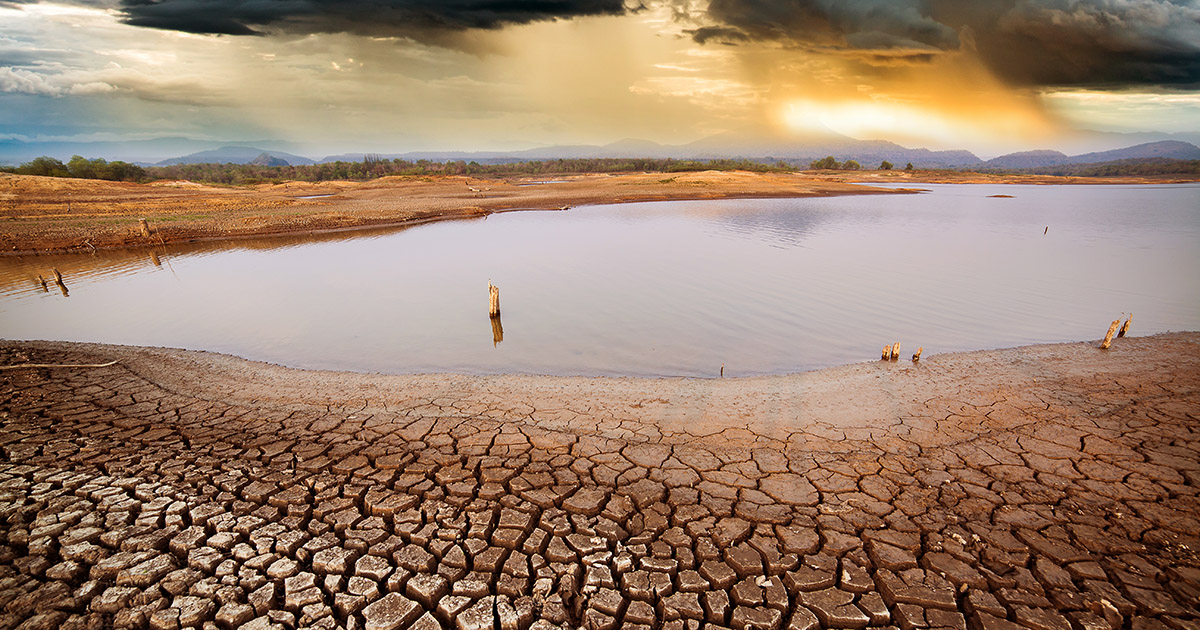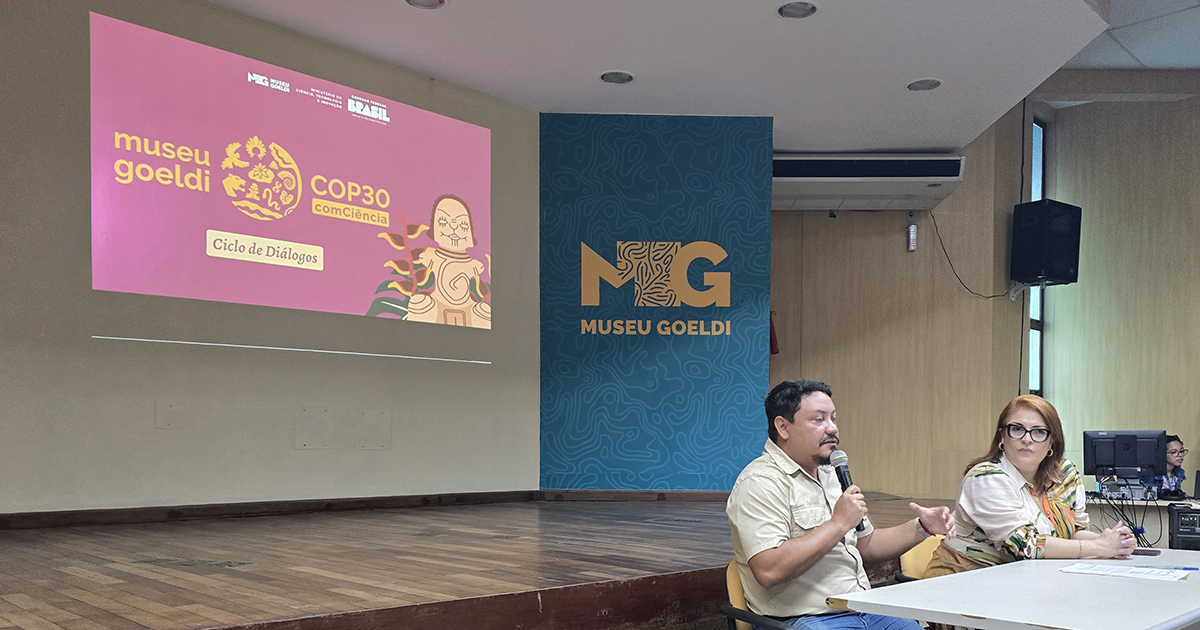Agroforestry is a win–win solution in terms of restoring forest function while benefiting the local community. This research aimed to (1) understand the regulations concerning conservation forest management and the restoration strategies adopted based on the history of forest degradation in the area, (2) investigate the factors driving local people to adopt agroforestry systems in the area, and (3) investigate the characteristics of the agroforestry system developed and its impacts based on farmers’ perceptions. This research was performed in Wan Abdul Rachman Grand Forest Park, Lampung Province, Indonesia, and involved 59 respondents who managed 63 agroforestry plots in the area. Several schemes had been implemented to restore the degraded forest without involving the community, and the results were unsatisfactory. Changing the regulations concerning managing conservation forests to involve the community and providing legal permits and support from the management improved forest function due to community willingness to implement the agroforestry system. About 81% of observed plots consisted of 5–12 plant species, and 16% of plots consisted of 13–16 species per plot. Theobroma cacao was the most common species in the agroforestry plots, followed by Durio zibethinus, Parkia speciosa, and Aleurites moluccana. The size of the agroforestry plot affected the number of species in the plot. The community perception demonstrated that agroforestry has positive impacts on livelihood, the environment, and biodiversity at the landscape level.
DOI:
https://doi.org/10.3390/f13020267
Dimensions Citation Count:

Publication year
2022
Authors
Murniati; Suharti, S.; Minarningsih; Nuroniah, H.S.; Rahayu, S.; Dewi, S.
Language
English
Keywords
agroforestry, ecological restoration, livelihoods, community involvement, biodiversity, conservation, agroforestry systems, species composition
Geographic
Indonesia























